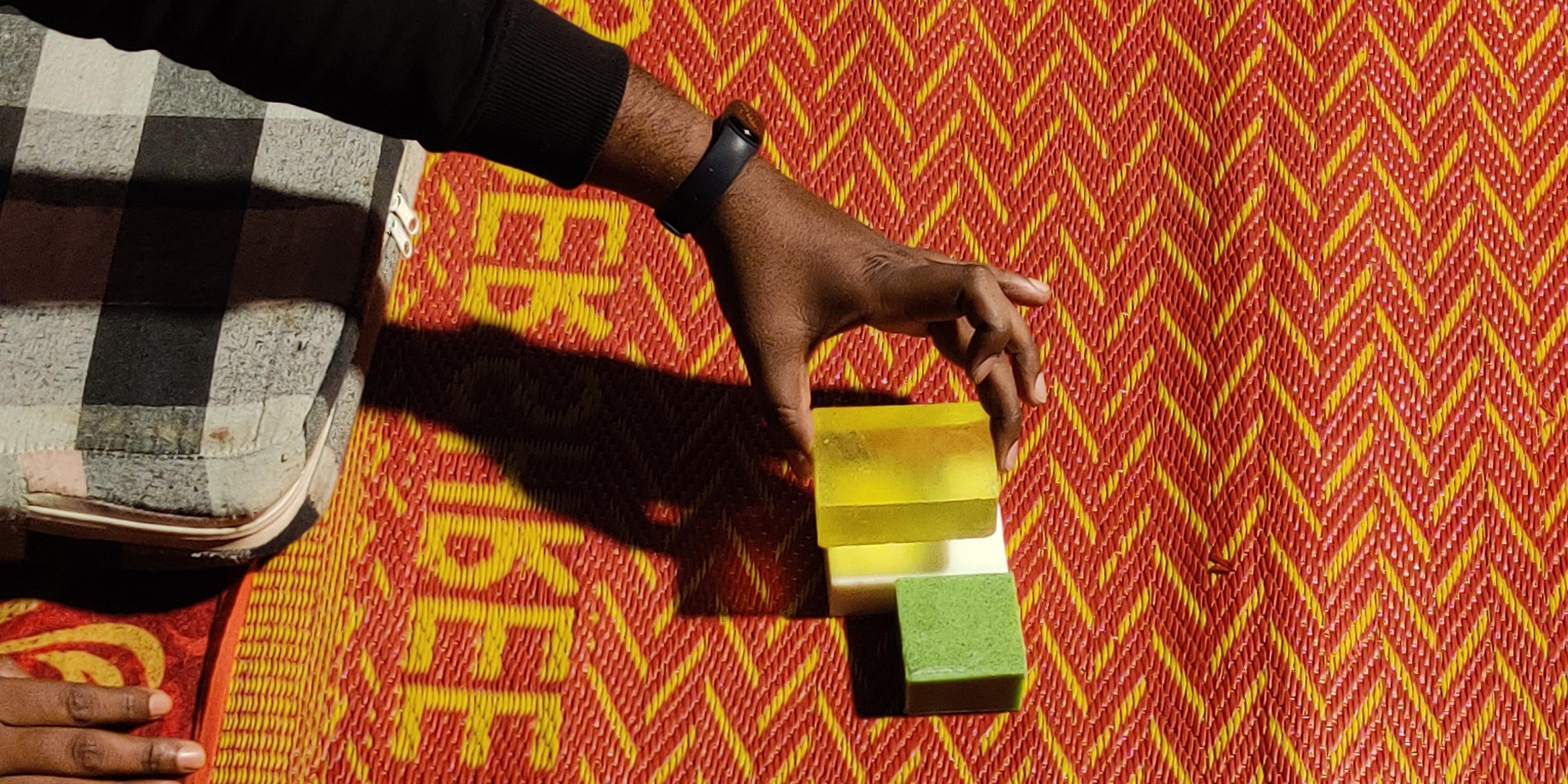
The communities of Delhi’s self-organised settlements exist on a knife’s edge. Built over time and outside the purview of city planners, these informal, incremental neighborhoods are products of an unaffordable housing market and the omnipresent threat of eviction by authority or natural disaster. The people who live here have necessarily built their homes of bamboo, tarpaulin, cardboard, mud and anything else they can afford and incrementally get away with.
“Building is really a process in these settlements rather than an outcome.”
“It is incremental and slow,” says Swati Janu, founder of Delhi-based art and architectural practice Social Design Collaborative (SDC).
The precarious nature of these communities means they often lack critical infrastructures and the habitable spaces required to house essential services.
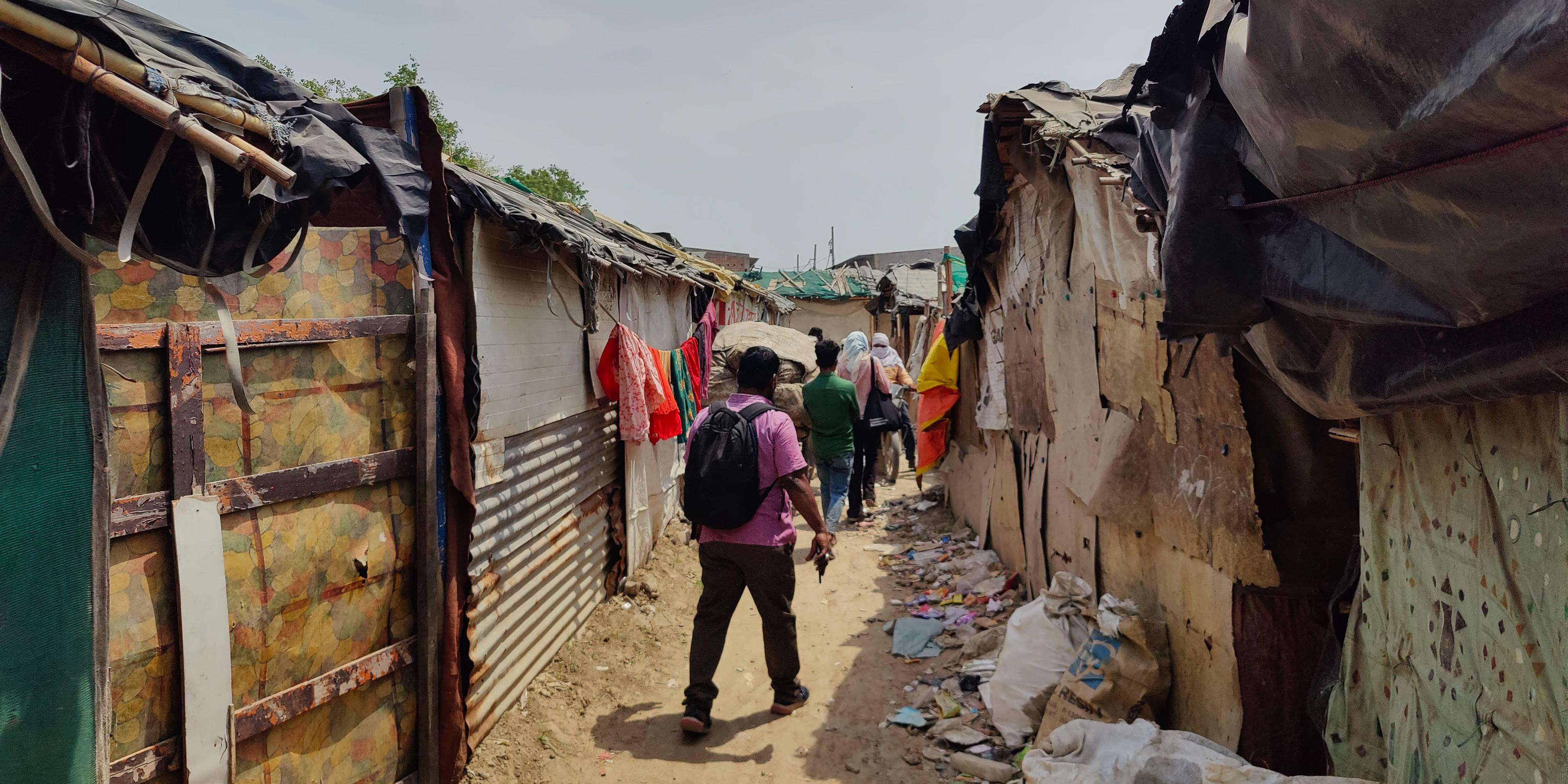
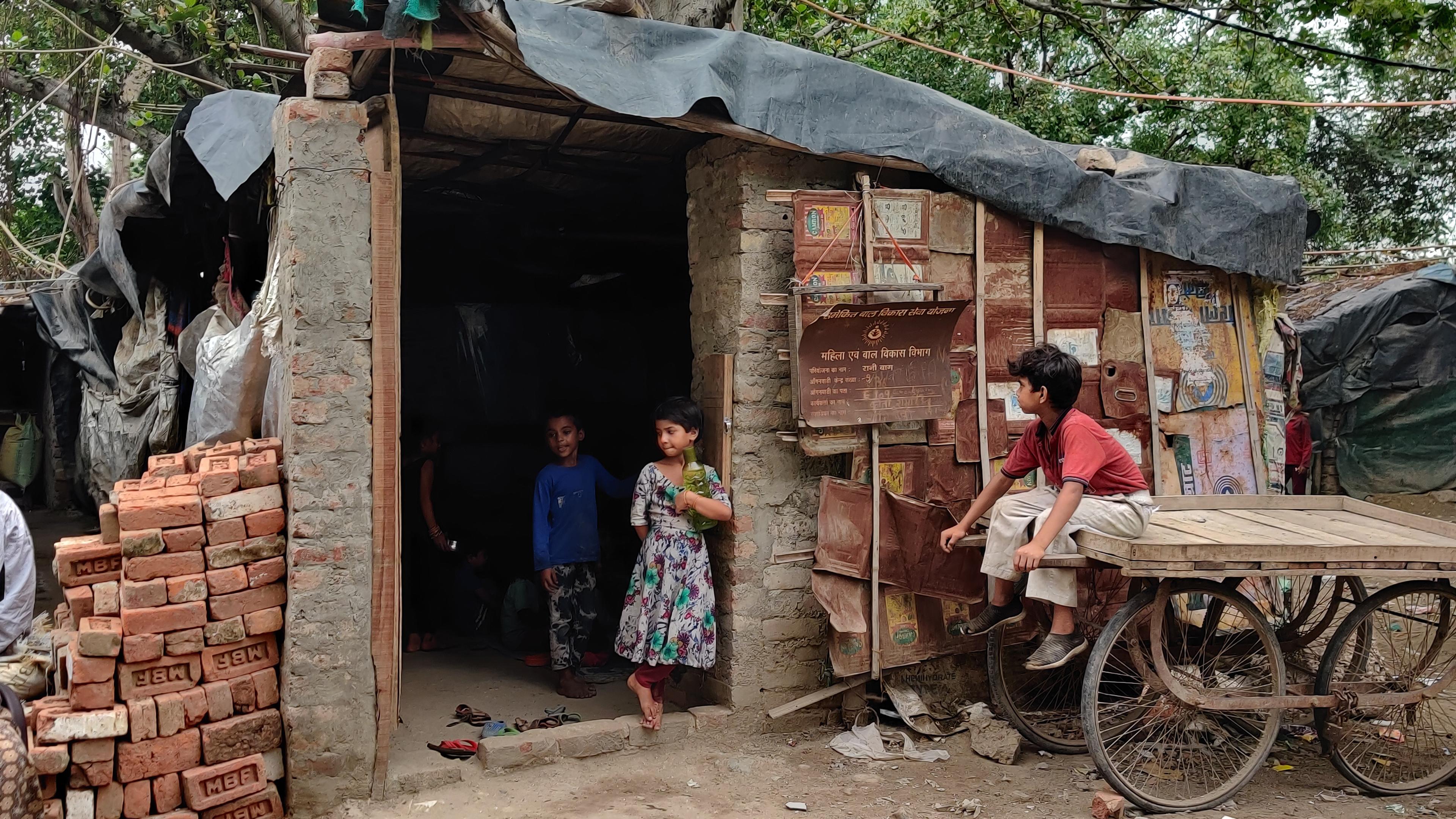
“BANAO! Building Better Anganwadis” is SDC’s initiative to address that service gap. The project, supported through re:arc’s Practice Lab, aims to design and build anganwadis, or public day-care centres, across 10 of Delhi’s most marginalized neighborhoods.
Anganwadis can root a community; they provide accessible early childhood education and nutrition programmes, as well as health services for pregnant/lactating mothers through India’s Integrated Child Development Services Scheme. Each space is designed with intention for children and considers how pedagogy can be pushed beyond the walls of the classroom to encourage children’s gross and fine motor skill development.
“Building anganwadi centres can create a template for more sustainable and safer building processes, while providing much needed community space for families.”
Participatory from the onset, SDC collaborates with local stakeholders on each design from inception to handover. In one neighborhood, they are collaborating with a local youth group to establish both an anganwadi and a library for a community displaced by municipal authorities.
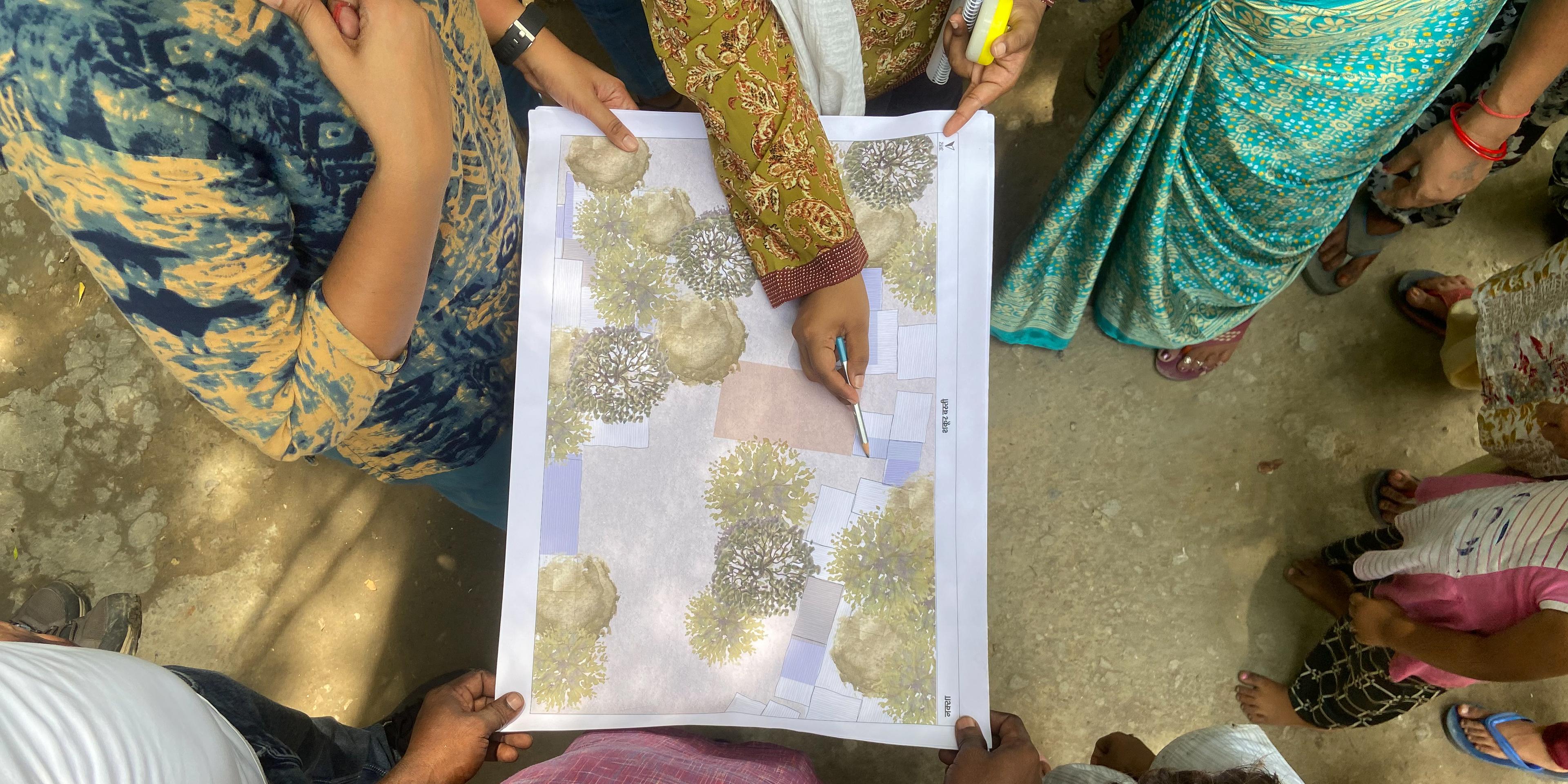
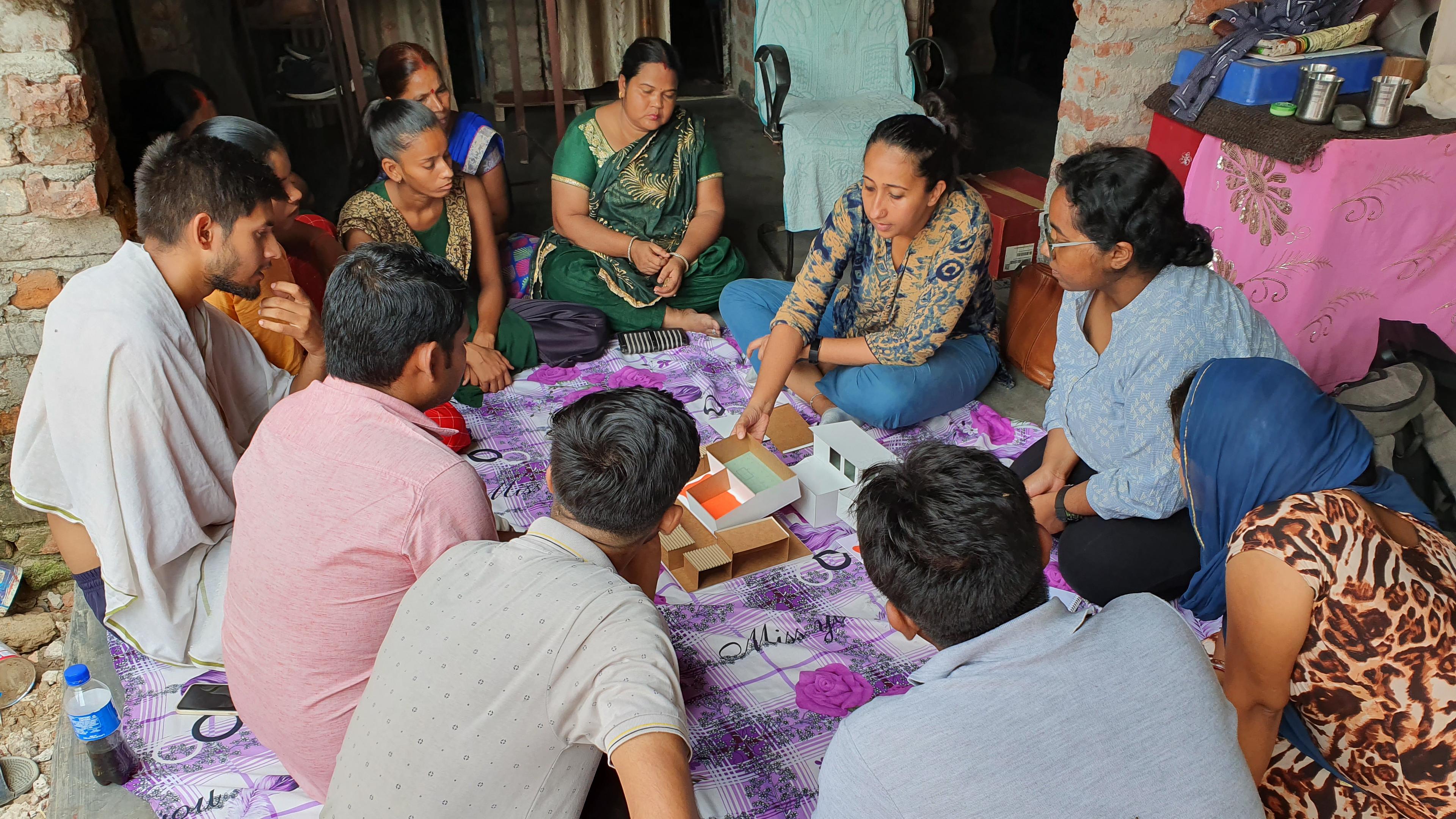
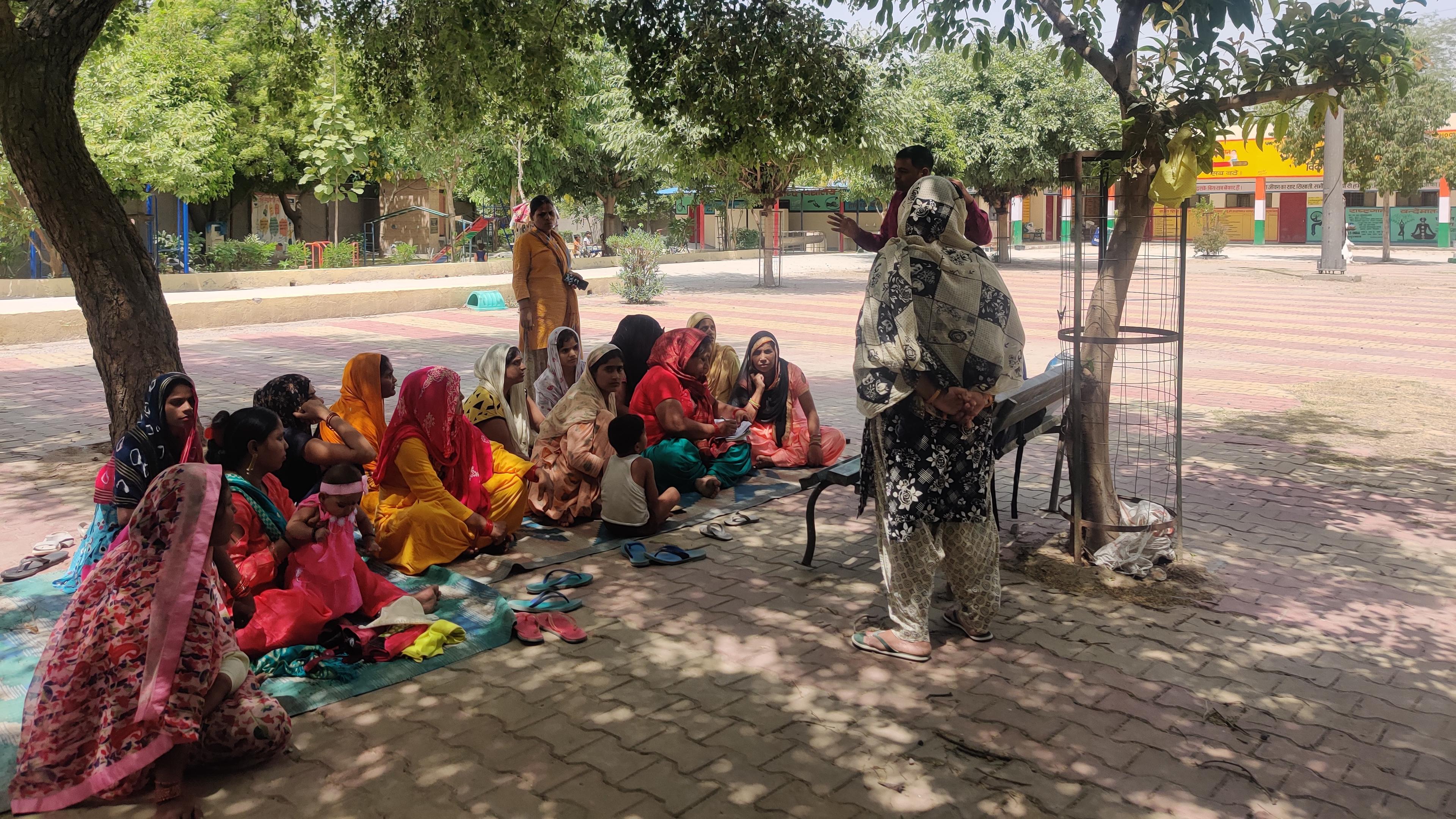
Waste pickers are laborers who sort dry waste in the Delhi’s landfills, increasingly doing so in extreme, deadly heat due to climate change. Many live with their families in close proximity to the toxic dumpsites, and according to Janu, they are one of the most vulnerable communities her team works with.
Like the rest of Delhi’s informal settlements, these families rely on locally sourced materials and temporary construction methods to navigate natural disasters like floods or human-driven crises like mass eviction. Their choice of materials is guided not only by cost but also by the ease with which they can be dismantled and rebuilt when faced with such displacement.
“Innovation in these contexts means building upon frugal technologies and traditional knowledge used by the communities over time instead of transplanting our idea of design.”
“But it is also important to make these existing processes more sustainable and resilient by adopting safer, stronger, building practices," says Janu. "Our project aims to ultimately not just impact building processes in these neighborhoods but also influence policy decisions for housing rights and inclusive cities.”
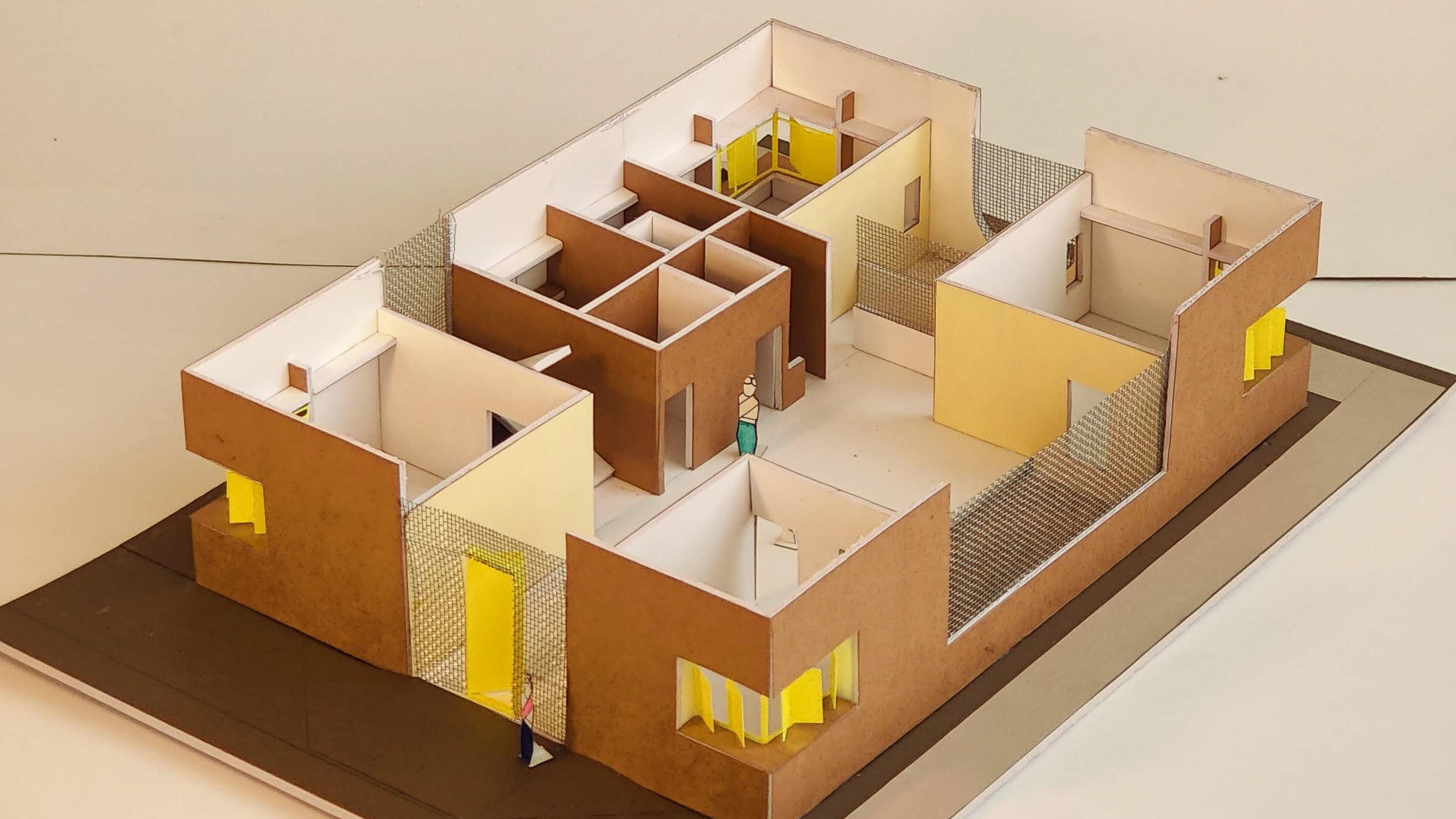
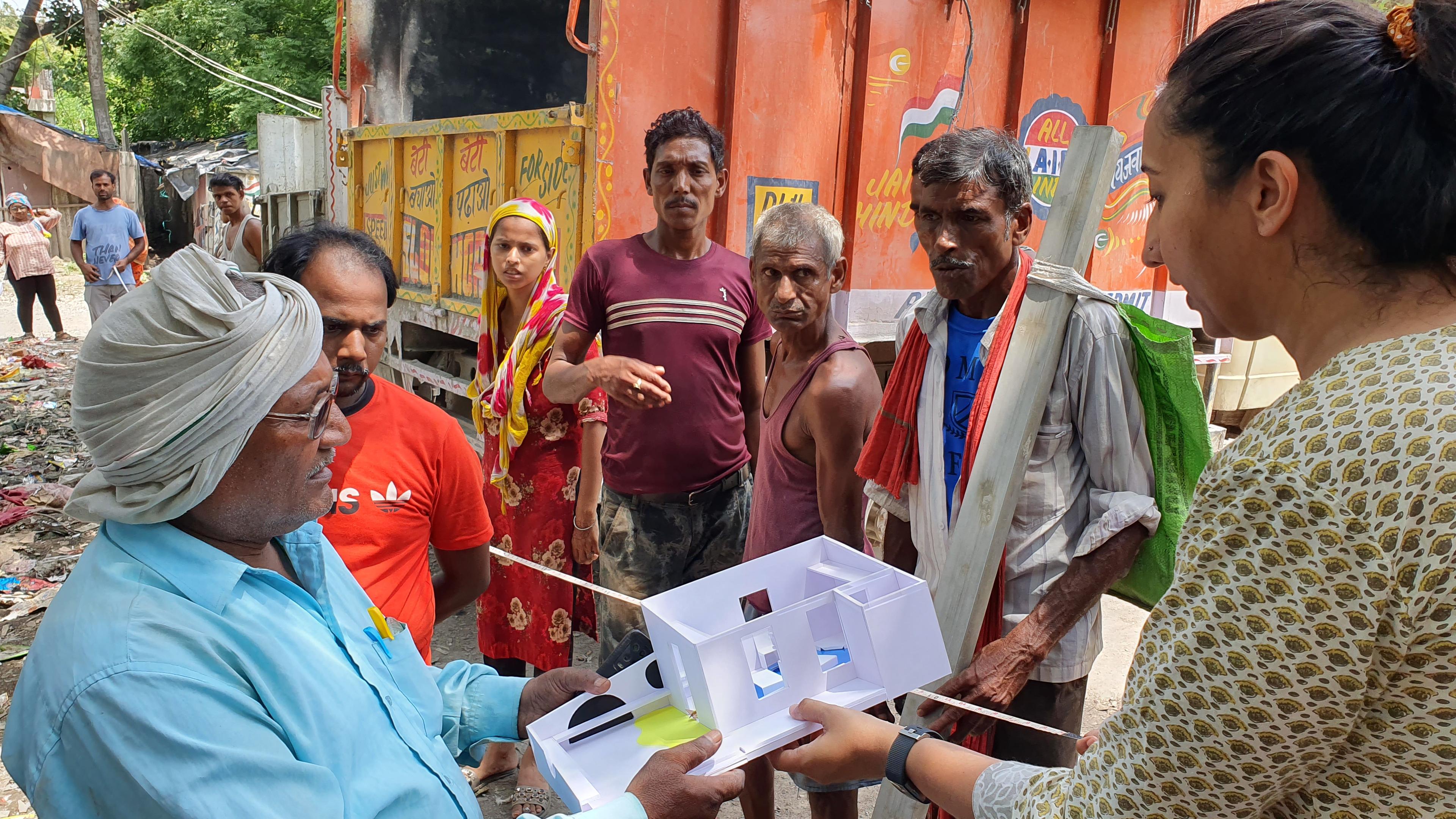
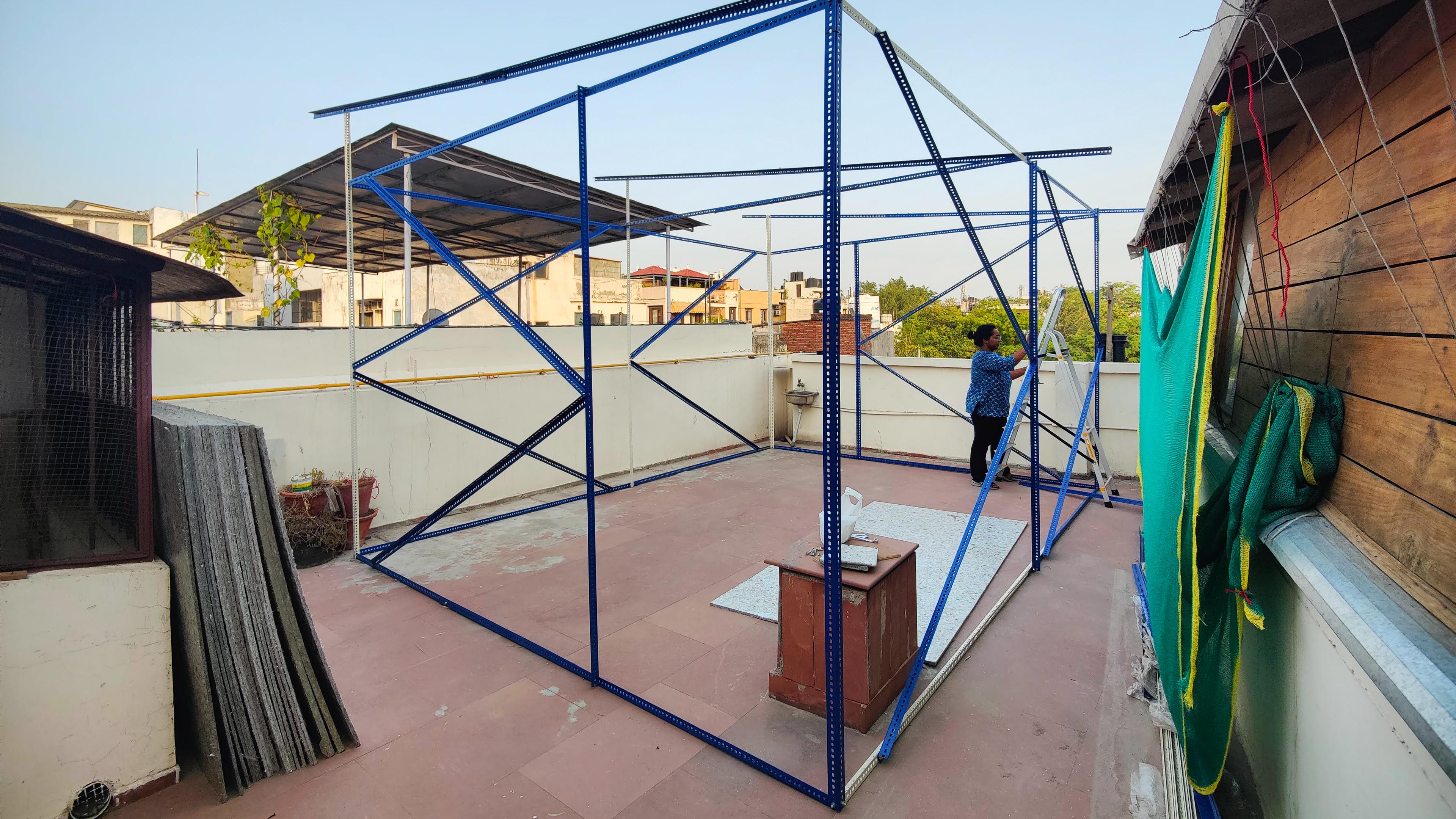
In November of 2024, Social Design Collaborative piloted a new classroom anganwadi in Pachaytan, on the outskirts of Delhi. The modular octagonal design can be assembled by other teams in just a few weeks and features dedicated spaces for a range of development activities, including art, play, reading, and learning. The classroom was designed after extensive input from teacher and student alike.
Social Design Collaborative